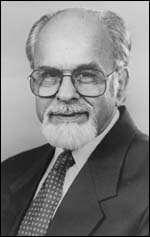Prime Minister of India
The Prime Minister of India is the head of the ruling central government. All the effective executive power rests with the Council of Ministers which is headed by the prime minister. The leader of that political party is thereafter appointed as the Prime Minister of India in the Lok Sabha (lower house of parliament). Prime Minister is formally appointed by the president. Jawahar Lal Nehru, the first prime minister of India was appointed on 15th August 1947 and Narendra Damodardas Modi is the current prime minister of India. Just for an update, Draupadi Murmu has become the 15th President of India on 21st July 2022.
Prime Minister of India
The Prime Minister of India determines the dates of its meetings and programs for the Parliament session. Prime Minister also decides when the house has to be prorogued or dissolved. As a chief spokesman, Prime Minister makes the announcement of principal government policies and answers questions about them. The list of all the Prime Ministers of India has been given below:
Jawaharlal Nehru (1947-1964)

Jawaharlal Nehru was the first and to date the longest-serving prime minister of India. He was a leading figure in the Indian independence movement and served as the prime minister until his death in 1964. Popularly known as ‘Chacha Nehru’ due to his love for children, he was also called ‘Pandit Nehru’ because of his roots in the Kashmiri Pandit community.
Lal Bahadur Shastri (1964-1966)
Congressman Lal Bahadur Shastri was the second prime minister of India. He came up with the slogan of ‘Jai Jawan Jai Kisan’ that became popular during the 1965 Indo-Pakistan war and served as the Railways minister under Jawaharlal Nehru. He died the day following the Tashkent Agreement that formally ended the war.
Gulzarilal Nanda (1964, 1966)
Gulzarilal Nanda took office in 1966 following the death of Lal Bahadur Shastri for 13 days as the acting prime minister of India. His earlier 13-day stint as the second prime minister of India followed the death of prime minister Jawaharlal Nehru in 1964.
Indira Gandhi (1966-1977, 1980-1984)
Indira Priyadarshini Gandhi was the first and so far the only woman prime minister of India who served the second-longest term as a prime minister. Indira Gandhi also served as the minister of external affairs (1984), minister of defense (1980 – 82), minister of home affairs (1970 – 73), and minister of information and broadcasting (1964 – 66). She imposed the 1975 state emergency to suspend elections. The 1971 war with Pakistan for the liberation of East Pakistan was held during her term in office. Following Operation Blue Star, she was assassinated in 1984 by her own bodyguard.
second-longest term as a prime minister. Indira Gandhi also served as the minister of external affairs (1984), minister of defense (1980 – 82), minister of home affairs (1970 – 73), and minister of information and broadcasting (1964 – 66). She imposed the 1975 state emergency to suspend elections. The 1971 war with Pakistan for the liberation of East Pakistan was held during her term in office. Following Operation Blue Star, she was assassinated in 1984 by her own bodyguard.
Morarji Desai (1977-79)
The fourth Prime Minister of India was Morarji Ranchhodji Desai. He was the chief minister of the Bombay state, from 1952 to 1956, which was partitioned into Maharashtra and Gujarat. He led the government formed by the Janata Party. He is the only Indian to receive the highest civilian awards from both India and Pakistan, the Bharat Ratna and Nishaan-e-Pakistan.
 Chaudhary Charan Singh (1979-80)
Chaudhary Charan Singh (1979-80)
Chaudhary Charan Singh was the fifth prime minister of India. Born in a peasant family in Uttar Pradesh, Charan Singh was the champion of peasants’ rights. Just before he was to prove his majority in Lok Sabha, Indira Gandhi withdrew support to Charan Singh’s government, and after just 23 days in power, he resigned. Owing to the leader’s contribution to India’s agrarian concerns, Singh’s memorial in New Delhi is named Kisan Ghat.
Rajiv Gandhi (1984-89)

The sixth prime minister of India, Rajiv Gandhi served from 1984 to 1989. He took office on the day of the assassination of Indira Gandhi in 1984 after the Sikh riots and at age 40 was the youngest PM of India. He served as a pilot for Indian Airlines. From 1985-91, he was the president of the Congress party.
VP Singh (1989-1990)
VP Singh was the seventh prime minister of India. VP Singh was the 12th chief minister of Uttar Pradesh. From 1984 to 1987, he was the minister of finance and from 1989-90, the minister of defense under PM Rajiv Gandhi when the Bofors scandal surfaced. The Mandal Commission Report for reservation in government posts/ educational institutions was implemented during his tenure.
Chandra Shekhar (1990-1991)
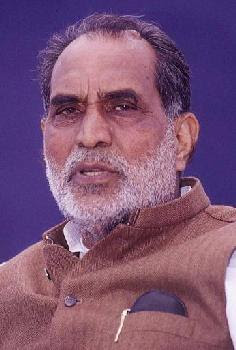
The eighth Indian Prime Minister, Chandra Shekhar, headed a minority government of a Janata Dal breakaway faction with the support of Congress to delay the election process. With the least number of party MPs, his government was regarded as the ‘lame duck’. The 1991 economic crisis and the assassination of Rajiv Gandhi were two key events during his tenure.

PV Narasimha Rao (1991-1996)
Pamulaparthi Venkata Narasimha Rao, the 10th prime minister, was the first PM to come from southern India. Narasimha Rao served as the defense minister from 1993-96 and the minister of external affairs from 1992 to 1994. He was also the home minister under Rajiv Gandhi in 1986. Narasimha Rao was also the 4th chief minister of Andhra Pradesh. The 1991 economic reforms were brought under his tenure as the PM.
HD Deve Gowda (1996-1997)
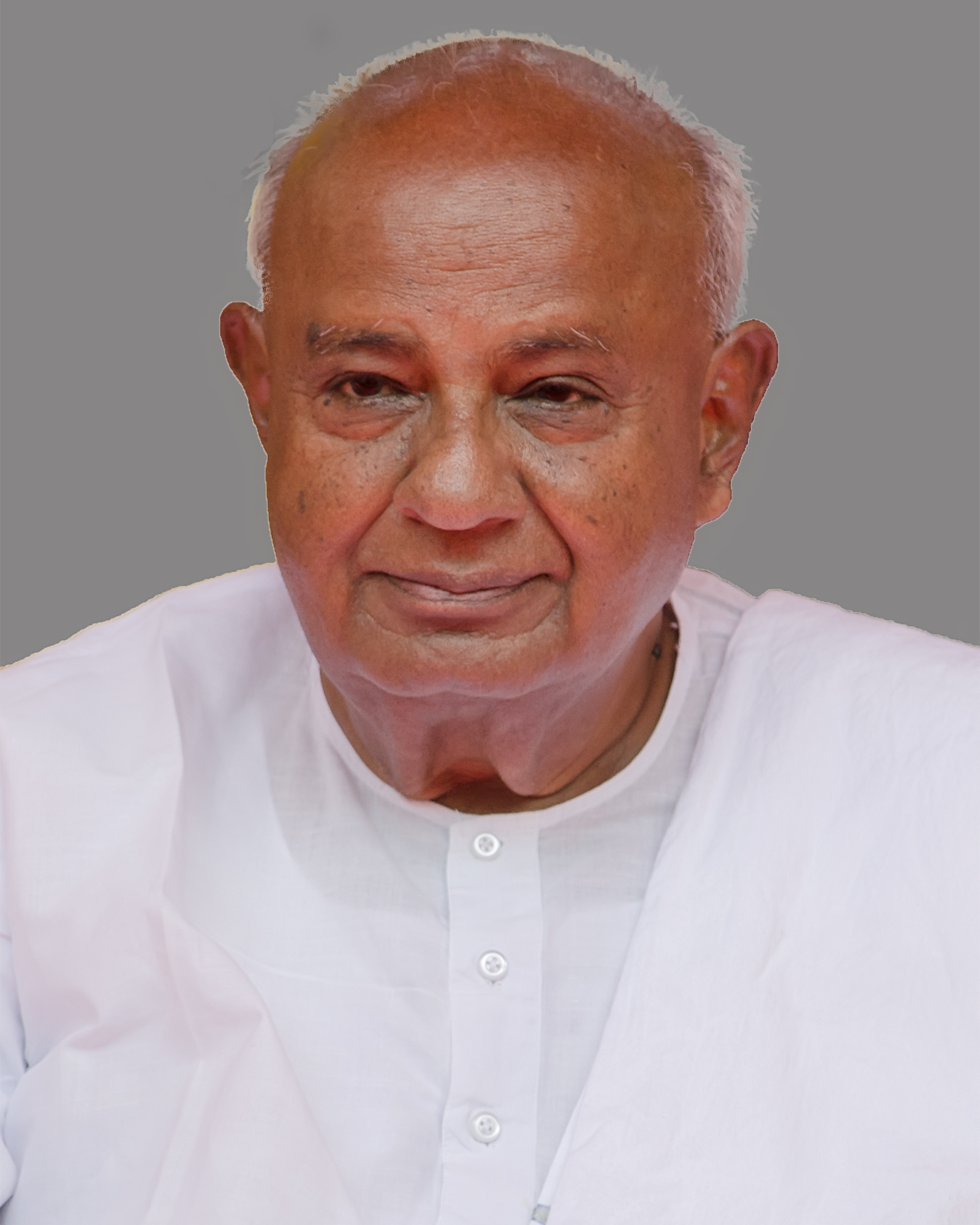
Haradanahalli Doddegowda Deve Gowda, the 11th Indian PM, held the office of the Karnataka chief minister from 1994 to 1996. Deve Gowda was chosen as the prime minister when no party had won enough seats to form the government and the United Front formed the government with Congress support. The national president of the Janata Dal ( Secular ), Deve Gowda was a member of the 14th, 15th, and 16th Lok Sabha after his term as the prime minister.
Inder Kumar Gujral (1997-1998)
The 12th prime minister of India, I K Gujral was a participant in the Quit India Movement under Gandhi Ji’s leadership. As the minister of external affairs, he is remembered for the Gujral Doctrine – a set of five principles to guide the foreign policy of India with its immediate neighbors, particularly Pakistan. He was both a Rajya Sabha member and a Lok Sabha member.
Atal Bihari Vajpayee (1996, 1998-99, 1999-2004)
 Atal Bihar Vajpayee has served three terms as the Prime Minister of India. He was first elected as the 10th Prime Minister of India and served for a period of 13 days only. A popular prime minister, Atal Bihari Vajpayee was conferred with the highest civilian award, Bharat Ratna, in 2014. He gave the slogen “Jai jawaan, Jai Kisaan, Jai Vigyan”. Born on Christmas Day, December 25, his birthday is marked in India as Good Governance Day.
Atal Bihar Vajpayee has served three terms as the Prime Minister of India. He was first elected as the 10th Prime Minister of India and served for a period of 13 days only. A popular prime minister, Atal Bihari Vajpayee was conferred with the highest civilian award, Bharat Ratna, in 2014. He gave the slogen “Jai jawaan, Jai Kisaan, Jai Vigyan”. Born on Christmas Day, December 25, his birthday is marked in India as Good Governance Day.
Manmohan Singh (2004-2014)
Dr. Manmohan Singh was the 13th prime minister of India. He has served two complete terms as the prime minister and headed United Progressive Alliance (UPA) governments two times. A member of the Rajya Sabha, Manmohan Singh was the leader of the upper house from 1998 to 2004. He is currently serving his sixth Rajya Sabha tenure. Manmohan Singh was also the 15th governor of the Reserve Bank of India.
Narendra Damodardas Modi (2014-Present)

Narendra Modi as the prime minister of the Republic of India is elected as the head of the government. He is the leader of the Lower House (Lok Sabha) and is also the head of the Council of Ministers. Prime Minister Narendra Modi is the 14th Prime Minister of India. Serving his second tenure, PM Modi was first elected in 2014 to the 16th Lok Sabha.
Prime Minister of India: Eligibility Criteria
To be eligible for the position of the Prime Minister of India, a person should:
- Be a citizen of India.
- Be a member of either the Lok Sabha or the Rajya Sabha.
- Complete 25 years of age if he is a member of the Lok Sabha or 30 years if he is a member of the Rajya Sabha.
A person cannot be the Prime Minister of India if he/she holds any office of profit under the Government of India, the government of any state, or any local or other authority subject to the control of any of the said governments.
Prime Minister of India: Selection Process
The Constitution states that the President of India should appoint the leader of the party or alliance which is in majority in the Lok Sabha as the Prime Minister of India. In case no party or alliance enjoys a majority, the President appoints the leader of the largest party or alliance as the Prime Minister. He has to win the confidence vote in the Lower House of the Parliament as early as possible. A member of either the Lok Sabha or the Rajya Sabha can be appointed as the Prime Minister. If he is not a member of either House of the Parliament then he has to be elected to either House within six months of his appointment. As the Prime Minister, he is the Leader of the House of which he is a member.
Prime Minister of India: Roles and Responsibilities
The roles and responsibilities of the Prime Minister are as follows:
Salary of Prime Minister of India
According to Article 75 of the Constitution of India, the salary of the Prime Minister is decided by the Parliament and revised from time to time. As of 31 July 2012, the monthly pay and allowances of the Prime Minister of India were Rs. 1,60,000.
Former Prime Ministers of India are provided with:
- Rent-free accommodation for a lifetime.
- Medical facilities, 14 secretarial staff, office expenses against actual expenditure, six domestic executive-class flight tickets, and unlimited
- The free train travels for the first five years.
- SPG cover for one year.
After five years: One personal assistant and peon, free air and train tickets, and Rs. 6,000 for office expenses.
Prime Minister of India: Term and Retirement age
The Prime Minister of India does not have a fixed tenure. The full term of the Prime Minister is five years, which coincides with the normal life of the Lok Sabha. However, the term can end sooner if he loses the vote of confidence in the Lower House. The Prime Minister can also resign by writing to the President. There are no term limits on the office of the Prime Minister. There is also no official retirement age.
We hope this information on the presidents of India was helpful to you and for more study notes like this stay connected with sscadda.com. And to read this article in Hindi click on the link given below.
List of all Prime Ministers In Hindi
You may also like to read this:
Source link


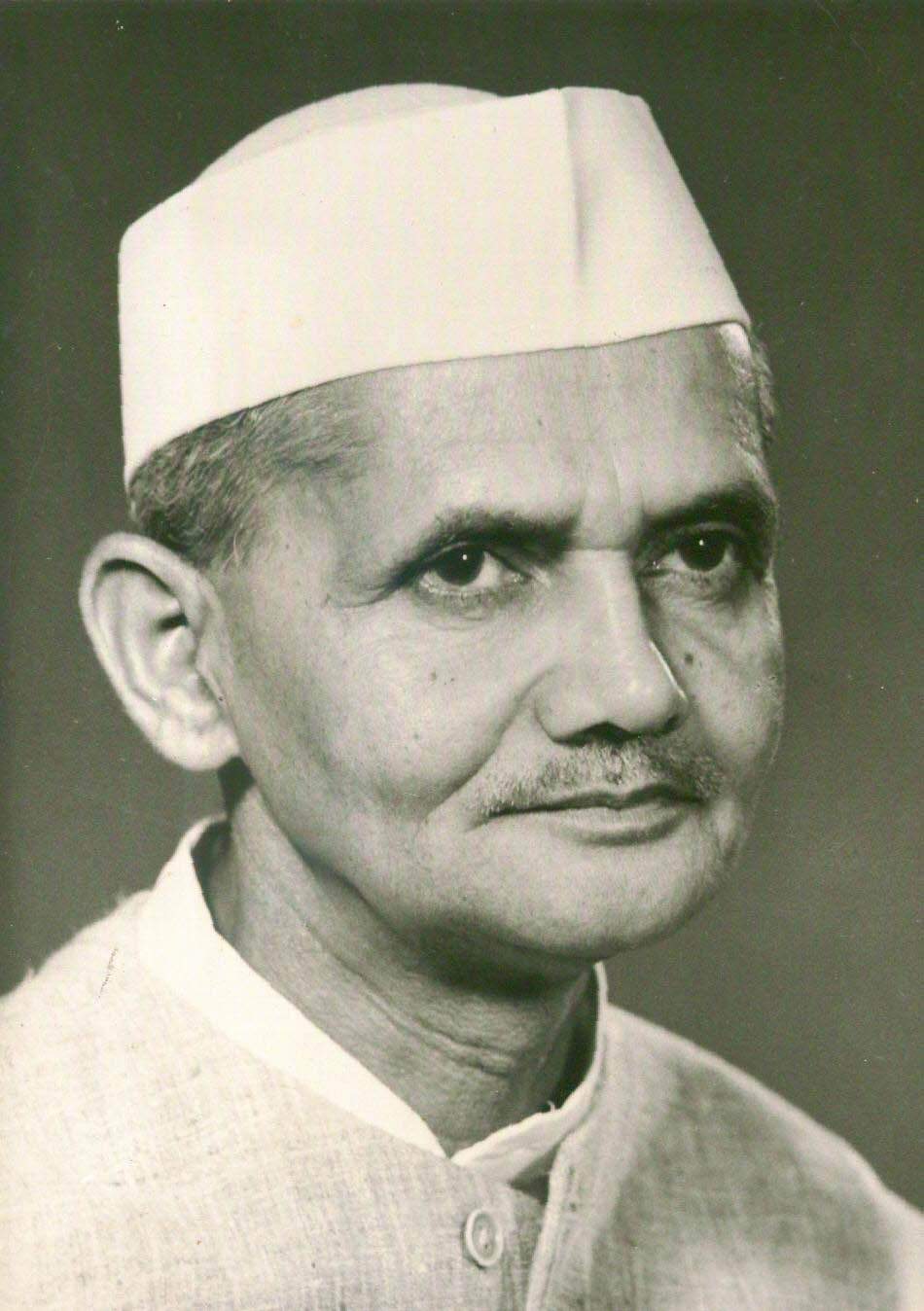


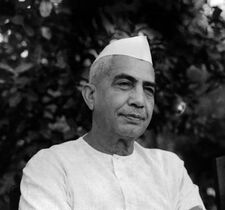 Chaudhary Charan Singh (1979-80)
Chaudhary Charan Singh (1979-80)
